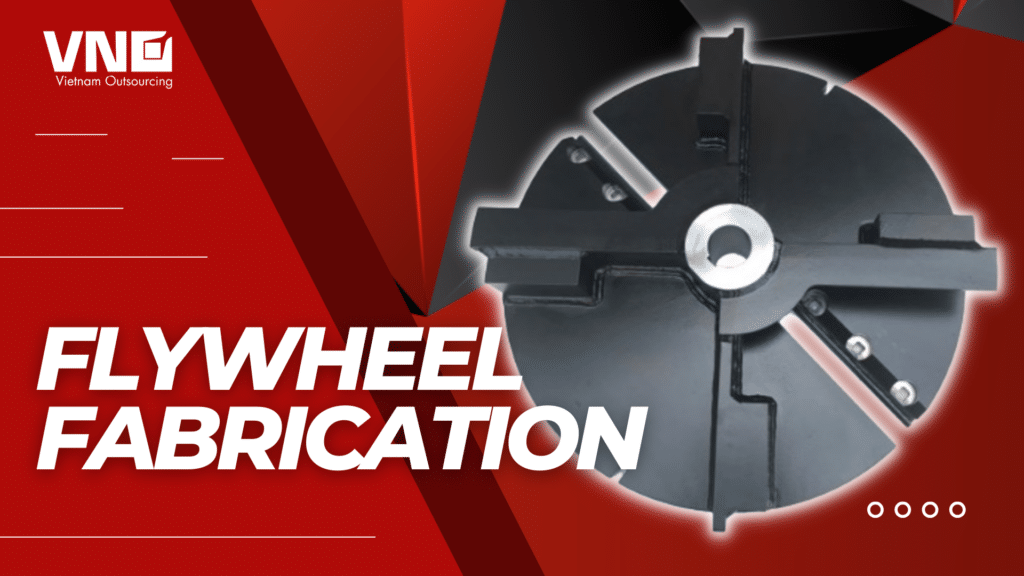- May 24, 2025
- Daniel Pham
Introduction
As geopolitical uncertainty and trade protectionism return to US economic policy, Vietnam is emerging as a strategic winner in global supply chain realignment. This is especially true in Farming Equipment Manufacturing, where global buyers seek tariff-resilient and cost-efficient partners. Recent developments involving John Deere, former President Donald Trump’s protectionist rhetoric, and shifting buyer sentiment all highlight Vietnam’s growing role.
John Deere’s Mexico Expansion: An Industrial Flashpoint
In May 2025, John Deere announced a $55 million investment in a new Mexico facility. The plant will serve Latin America and only represent less than 5% of Deere’s North American production. Key lines like tractors and combines remain in the US.
Nevertheless, the reaction was immediate and political. Former President Trump threatened a 200% tariff on all foreign-manufactured Deere products. His allies in Congress also called for investigations into the company’s sourcing practices. Although analysts viewed Deere’s decision as a rational move to counter rising costs and labor shortages, the backlash created uncertainty across the agricultural machinery sector.
As a result, buyers and distributors began exploring alternative suppliers outside politically sensitive regions. This search has opened the door for Vietnam.
Automation vs. Protectionism: The Real Jobs Debate
Politicians describe John Deere’s move as outsourcing, but the true driver is automation. Modern factories rely on robotics and digital systems, which cut jobs regardless of location. Therefore, the debate is less about geography and more about technology.
This reality underscores why competitiveness depends on cost efficiency and industrial agility. Vietnam combines both advantages with diplomatic stability, positioning itself as a reliable partner for global manufacturers adapting to new market realities.
Vietnam’s Rising Profile in Farming Equipment Manufacturing
Over the past decade, Vietnam has shifted from textiles to a diversified manufacturing hub. Farming Equipment Manufacturing in Vietnam now includes:
-
Tractor chassis and frames for compact and mid-size models
-
Soil preparation implements such as disc harrows and rotary hoes
-
Mechanical seeders, sprayers, and irrigation systems
-
Hydraulic lifts, gearboxes, and steel subassemblies
Moreover, Vietnam’s industrial clusters—Bac Ninh, Binh Duong, Hai Phong, and Ho Chi Minh City—offer upgraded logistics, skilled labor, and specialized subcontractors. Many facilities already comply with ISO 9001 and CE standards, ensuring export readiness.
Why Vietnam is the Right Fit for US Buyers
For US importers navigating tariff risks, Vietnam’s advantages are clear:
-
Competitive labor costs combined with a strong technical training pipeline
-
Government incentives for export-oriented manufacturing
-
Strategic shipping routes supported by deep-water ports in Hai Phong and Cai Mep-Thi Vai
-
A growing reputation for metal forming capabilities and producing quality equipment for US and European clients
Furthermore, Vietnam’s political neutrality and adherence to international trade rules make it a safer option compared to China or Mexico, both under scrutiny from US policymakers.
VNO: Connecting Global Buyers with Vietnam’s Best
Vietnam Outsourcing Pte Ltd (VNO) bridges global buyers with Vietnam’s farming equipment factories. The company provides supplier vetting, prototype development, cost analysis, and on-site inspections. In addition, VNO manages export documentation and tariff navigation.
Already, VNO has helped US buyers shift component and equipment sourcing to Vietnam with savings of 30–50% compared to US or EU production. This end-to-end support ensures quality, compliance, and delivery reliability.
Trade Diplomacy as a Catalyst
Vietnam also strengthens its role through diplomacy. After the US announced a potential 46% tariff on Vietnamese imports in April 2025, Hanoi secured a 90-day delay. Negotiations since then have remained constructive, addressing transshipment and IP protection concerns. This approach shows Vietnam’s commitment to being not only efficient but also a trustworthy long-term partner.
Strategic Actions for Buyers
OEM brands, farm distributors, and private-label importers can act now to reduce risks:
-
Map tariff exposure in current supplier portfolios
-
Begin conversations with Vietnamese manufacturers for parts or full contracts
-
Test production with pilot orders
-
Partner with VNO for inspection, documentation, and logistics
By acting early, buyers secure capacity while lead times remain favorable and tariff pressures reshape sourcing.
Final Thoughts: Disruption as an Opportunity
What began as backlash over John Deere’s Mexico plans has sparked a wider rethink of agricultural machinery supply chains. In this context, Farming Equipment Manufacturing in Vietnam stands out as a reliable, cost-effective alternative.
With modernized infrastructure, skilled labor, and partners like VNO, Vietnam is more than a backup—it is a long-term solution. For US buyers navigating tariffs and protectionism, Vietnam offers resilience, savings, and global-quality production.
You might also want to know more about our capability in Sheet Metal Punching
Farming Equipment Manufacturing Case Study
Looking to shift your farming equipment sourcing? Contact Vietnam Outsourcing (VNO) today for tailored solutions.





